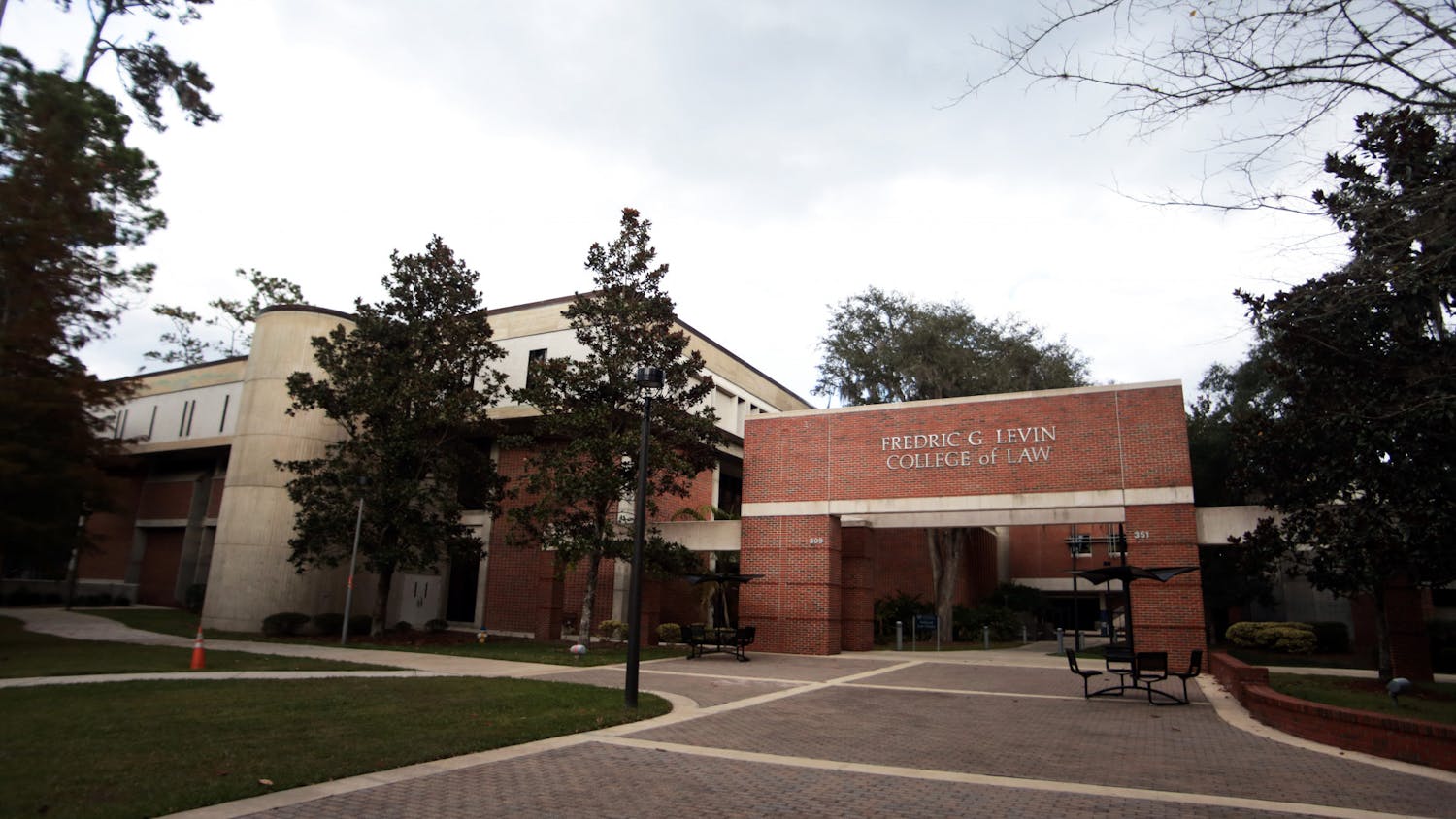After a meteoric five-year rankings ascension, UF’s two-year stint in the Top 5 is over.
The university fell from No. 5 to No. 6 among national public universities, according to U.S News & World Report Best College rankings released Sept. 17. The drop follows U.S. News’ sweeping changes to its ranking criteria, which it described in a press release as the “most significant methodological change in the rankings’ history.”
The announcement comes nearly two weeks after the Wall Street Journal ranked UF as the best public university in the country.
Despite losing its status as a Top 5 public university, UF reclaimed its No. 28 spot in overall national university rankings — which include private and public universities — after briefly falling to No. 29 last year. UF also jumped 32 spots to No. 20 on the list of Most Innovative Schools and 28 spots to No. 37 on a ranking of Social Mobility.
UF Spokesperson Brittany Wise said the university continued its upward trajectory in the rankings.
“Since 2017, UF has sprinted from No. 50 to No. 28 in U.S. News’ overall public and private rankings — and the university continues to work to break into the top 20,” Wise wrote.
In May, U.S. News announced sweeping changes to its ranking methodology that place a greater emphasis on social mobility and student outcomes.
Five metrics, which previously accounted for a cumulative 18% of a school’s ranking, were removed from the methodology — alumni giving rates, faculty with terminal degree, class size, high school standing and proportion of graduates with debt.
UF previously cited alumni giving rate as a “key metric” in rankings criteria. The university’s alumni giving rate rose to 20% last year, one of the highest among public universities, according to a press release.
Several metrics were given an increased weight in the methodology to account for the newly created percentage gap. The graduation rate and performance of Pell grant students now accounts for a cumulative 11% of the methodology, a 6% increase over last year. The proportion of college graduates earning more than a high school graduate, a new metric, now accounts for 5% of the methodology.
Faculty salaries, student-faculty ratio and the proportion of full-time faculty were given a combined increase of 6% weight in the methodology.
U.S. News’ new emphasis on social mobility and student outcomes mirrors the Wall Street Journal’s ranking methodology. To rank universities, the Wall Street Journal weighted student outcomes at 70%, learning environment at 20% and diversity at 10%.
Wise said the ranking “focuses on real-world benefits for students, including how much a university improves students’ chances of graduating on time and how much it boosts the salaries that students earn after graduation.”
UF posted a video Sept. 15 promoting new banners that read “#1 public university,” which can be found across campus. The university posted a second video the same day satirizing the rampant theft of Top 5 banners. The video featured two UF facilities workers, Shane and Trevor, who urged students to “do the right thing” and purchase No. 1 banners from the UF Bookstore instead of stealing them.
Contact Garrett at gshanley@alligator.org. Follow him on Twitter @garrettshanley.
Garrett Shanley is a fourth-year journalism major and the Spring 2025 university editor for The Alligator. Outside of the newsroom, you can find him watching Wong Kar-Wai movies and talking to his house plants.






